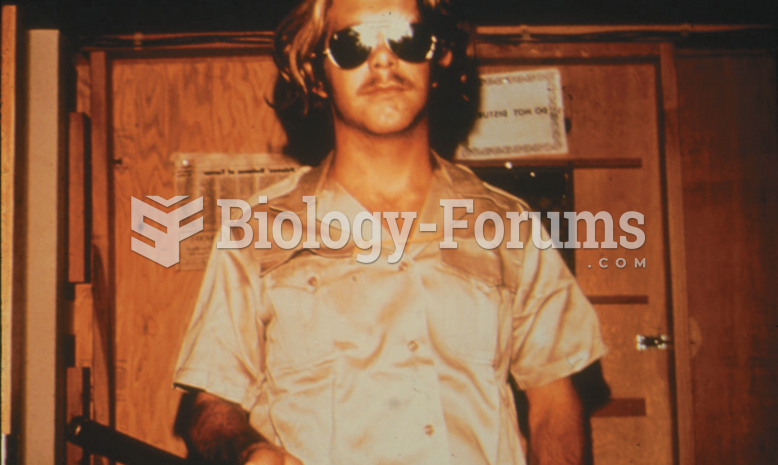Answer to Question 1
ANS: B
Four schools of thought within ethnography have emerged from different philosophical perspectives and these include classical, systematic, interpretive, and critical ethnography. Classical ethnography seeks to provide a comprehensive holistic description of a culture. In contrast, systematic ethnography explores and describes the structures of the culture with an increased focus on groups, patterns of social interaction, organizations, and institutions. Interpretive ethnography has as its goal understanding the values and thinking that result in the behaviors and symbols of the people being studied. Critical ethnography has a political purpose of relieving oppression and empowering a group of people to take action on their own behalf. It is not ethnography's focus to construct theories.
Answer to Question 2
ANS: C
Madeline Leininger (1970) brought ethnography into nursing science by writing the first book linking nursing with anthropology. Leininger was first a nurse and then earned her doctoral degree in anthropology. In the 1950s, she began developing a framework for culture care that became the Sunshine Model (Clarke, McFarland, Andrews, & Leininger, 2009). The Sunshine Model identifies factors that affect health and illness, such as religion, income, kinship, education, values, and beliefs. Chapter 7 contains more information about the Theory of Culture Care developed by Leininger, so this section focuses on the qualitative method that she developed to be consistent with ethnonursing. Multiple levels of factors affect the culture and, consequently, the care expressions of the people. A person who is a member of the only Vietnamese family in a small rural community in Georgia may have different care practices than if he or she were living in New York City in a predominantly Vietnamese community.







